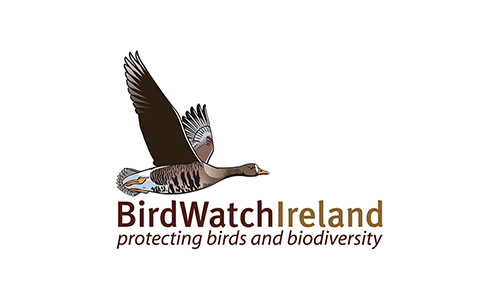Methods
Field methods
Fieldwork for Bird Atlas 2007–11 was completed at the end of the 2011 breeding season. We carried out fieldwork during four winters (2007/08–2010/11) and four breeding seasons (2008–11). Two complementary field methods were used, one providing systematic data for assessing relative abundance and change, the other for collating basic distribution records.
Timed Tetrad Visits - The aim was to record all the birds seen or heard in a 2km x 2km square (a 'tetrad') during a visit of either 1 hour or 2 hour duration. A pair of TTVs was carried out in the winter and a pair in the breeding season.
Roving Records - casual records - any bird, anytime, anywhere. During the breeding season, the provision of breeding evidence was used to identify areas where species breed.
Monitoring progress
The Bird Atlas website, and the online application were the main way in which feedback was provided to observers. Several novel maps and tools were built to enable observers and organisers alike to monitor progress so that target areas and species for further field effort could be identified quickly. With so many ways to visualise the data there was the potential that sensitive records could be publicised with inappropriate detail. A policy on the presentation of information on rare and scarce breeding birds was produced after consulation with the UK Rare Breeding Birds Panel and the Irish Rare Breeding Birds Panel.









Share this page